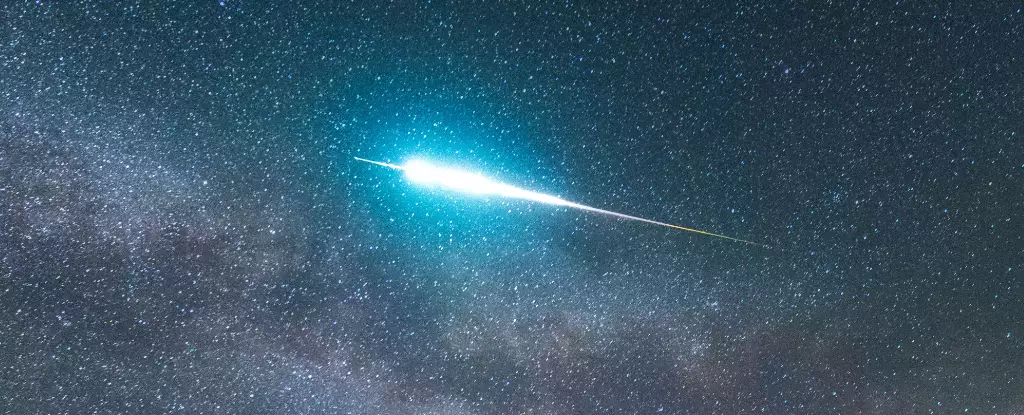On a Tuesday evening, two meteor showers, the Southern Delta Aquariids and Alpha Capricornids, are set to peak in the night sky. The best time to observe any meteor shower, including this double event, is between 2 am and 4 am local time. Nick Moskovitz, a planetary astronomer, suggests that individuals in the Southern Hemisphere will have a more delightful viewing experience. However, those in the Northern Hemisphere can also enjoy the show if they know where to look. To catch a glimpse of the meteor showers, it is recommended to find a location with a clear view of the southern horizon and away from any sources of light pollution.
Meteors move at a rapid pace, making them best viewed with the naked eye. Hence, there is no need for telescopes or binoculars. It is advisable to dedicate at least 15 minutes for your eyes to adjust to the darkness. Moskovitz emphasizes the importance of patience in meteor shower observation. He mentions that people often get disappointed after a few minutes and give up too soon. To enhance the viewing experience, finding a comfortable spot and waiting will allow for a more enjoyable encounter with the night sky.
Although the Southern Delta Aquariids and Alpha Capricornids meteor showers may not be as grandiose as some larger meteor showers like the Perseids, the combination of the two offers a distinct experience. The Southern Delta Aquariids typically produce around 25 shooting stars per hour, while the Alpha Capricornids yield about five per hour. The standout feature of the Alpha Capricornids is their ability to generate brilliant fireballs, which are vivid shooting stars that capture the attention of viewers. Observing these two meteor showers simultaneously provides an opportunity to witness different types of meteors in a single night.
Meteor showers occur when Earth passes through streams of debris, including dirt, ice, and dust left behind by comets moving through the solar system. As this debris enters Earth’s atmosphere, it burns up, creating the spectacle of shooting stars. Moskovitz illustrates this phenomenon by likening it to bugs hitting a windshield, with Earth being the windshield and the meteors representing the bugs. The convergence of the Southern Delta Aquariids and Alpha Capricornids as a double meteor shower is a result of two closely positioned debris streams in space, presenting a unique astronomical event for observers.
The upcoming double meteor shower comprising the Southern Delta Aquariids and Alpha Capricornids offers a captivating celestial display. By following the recommended observation tips, such as finding a suitable location, allowing time for eye adjustment, and exercising patience, individuals can witness the natural beauty of shooting stars streaking across the night sky. This convergence of meteor showers presents an extraordinary opportunity to appreciate the wonder of the cosmos and marvel at the brilliance of the universe above.



Leave a Reply